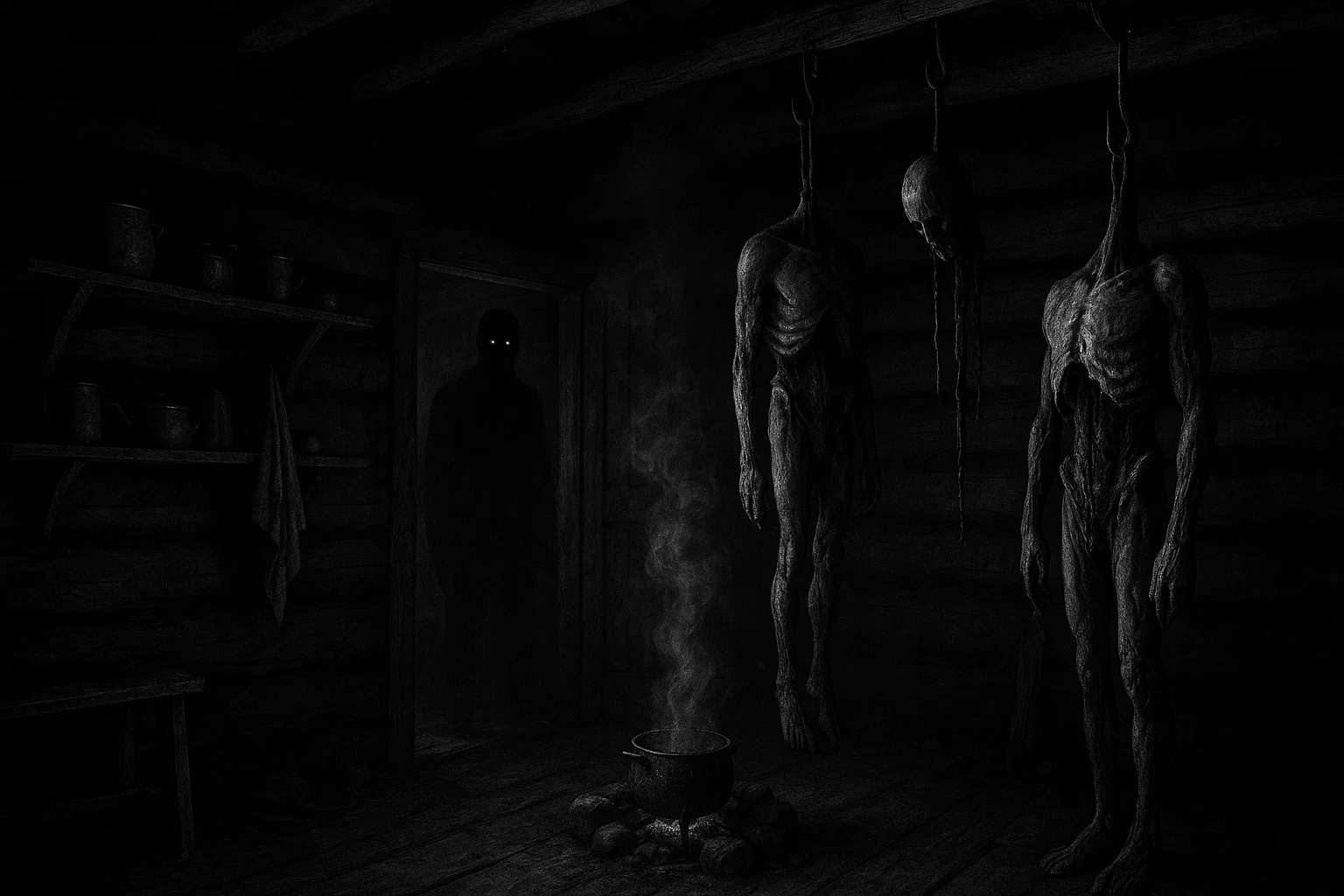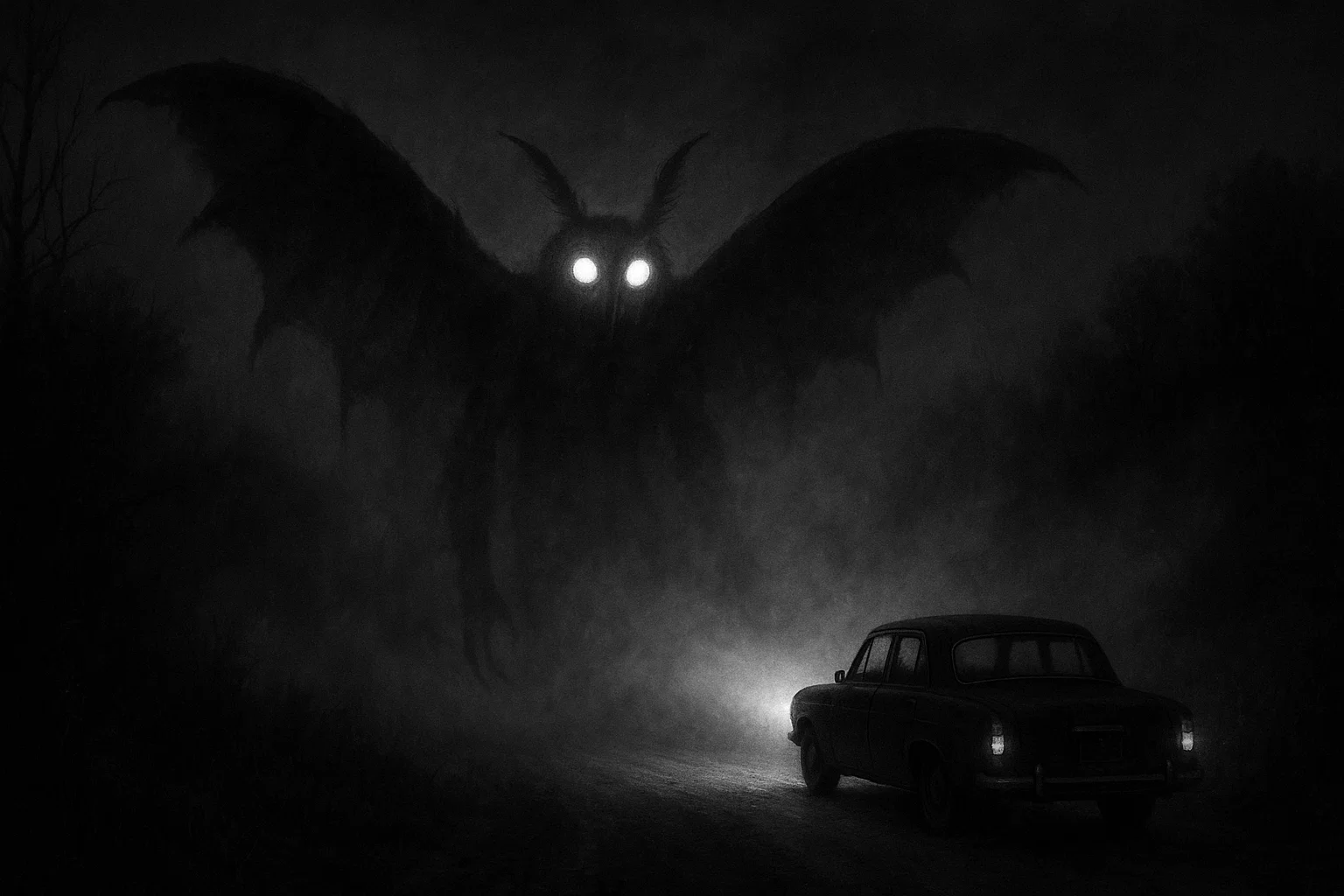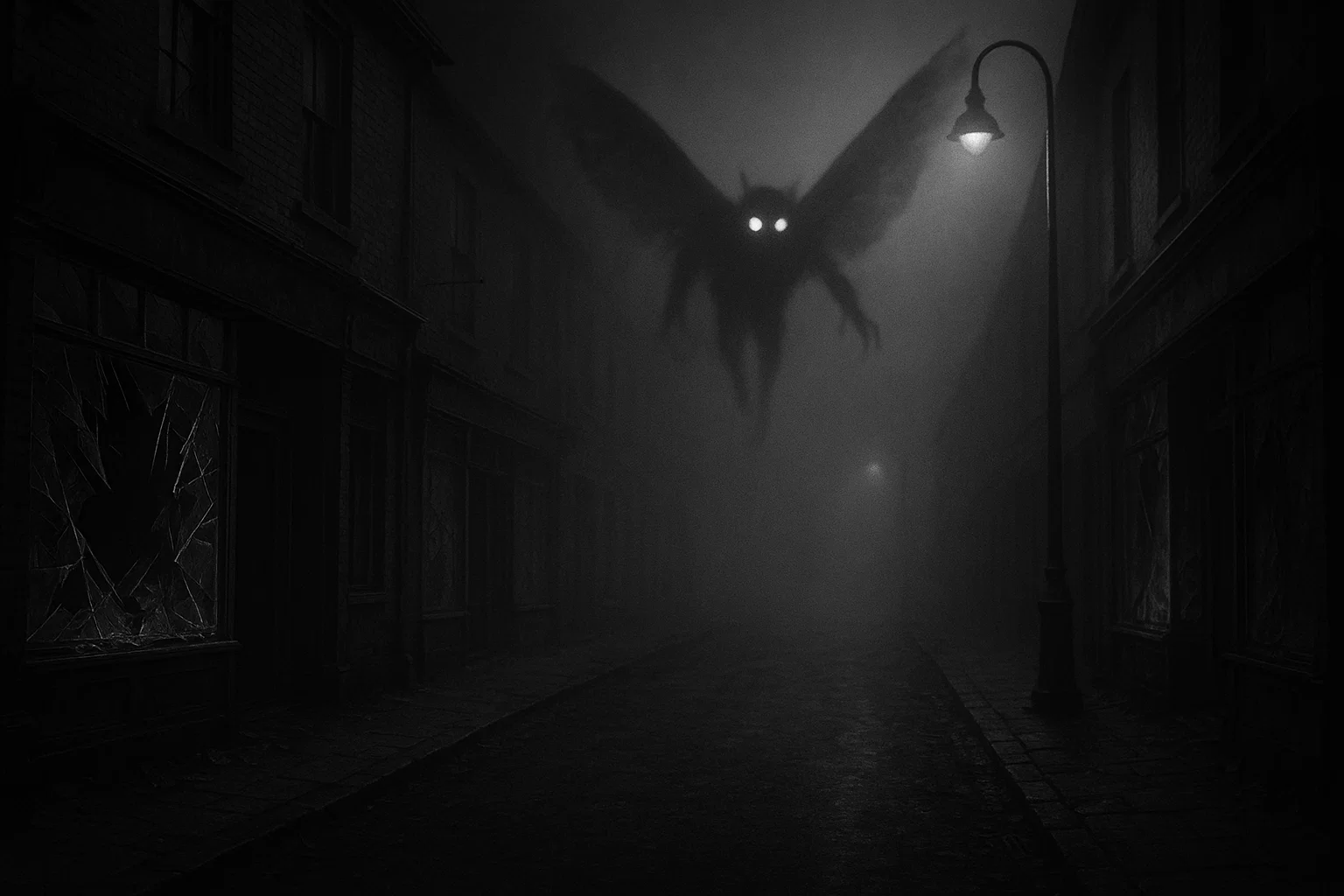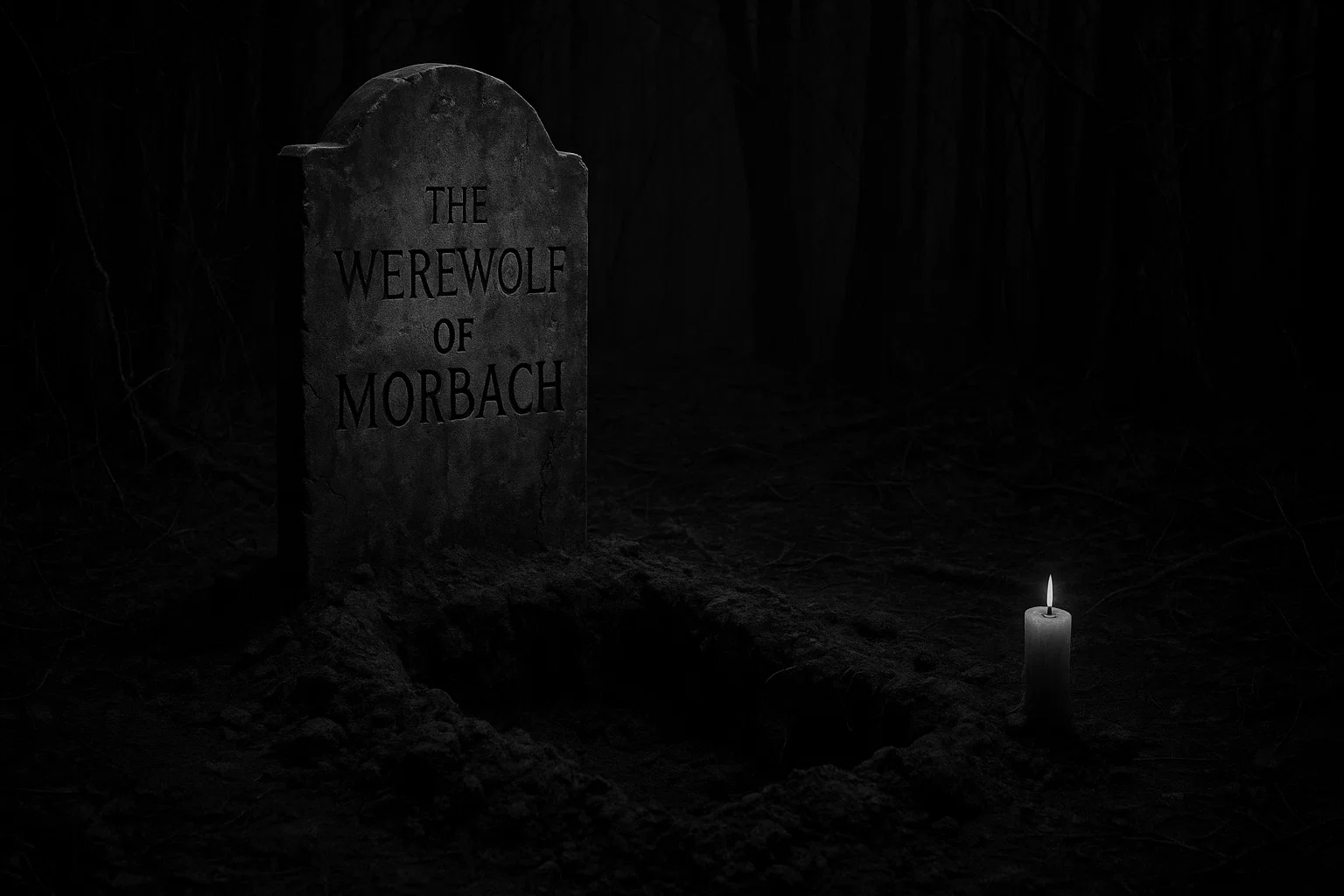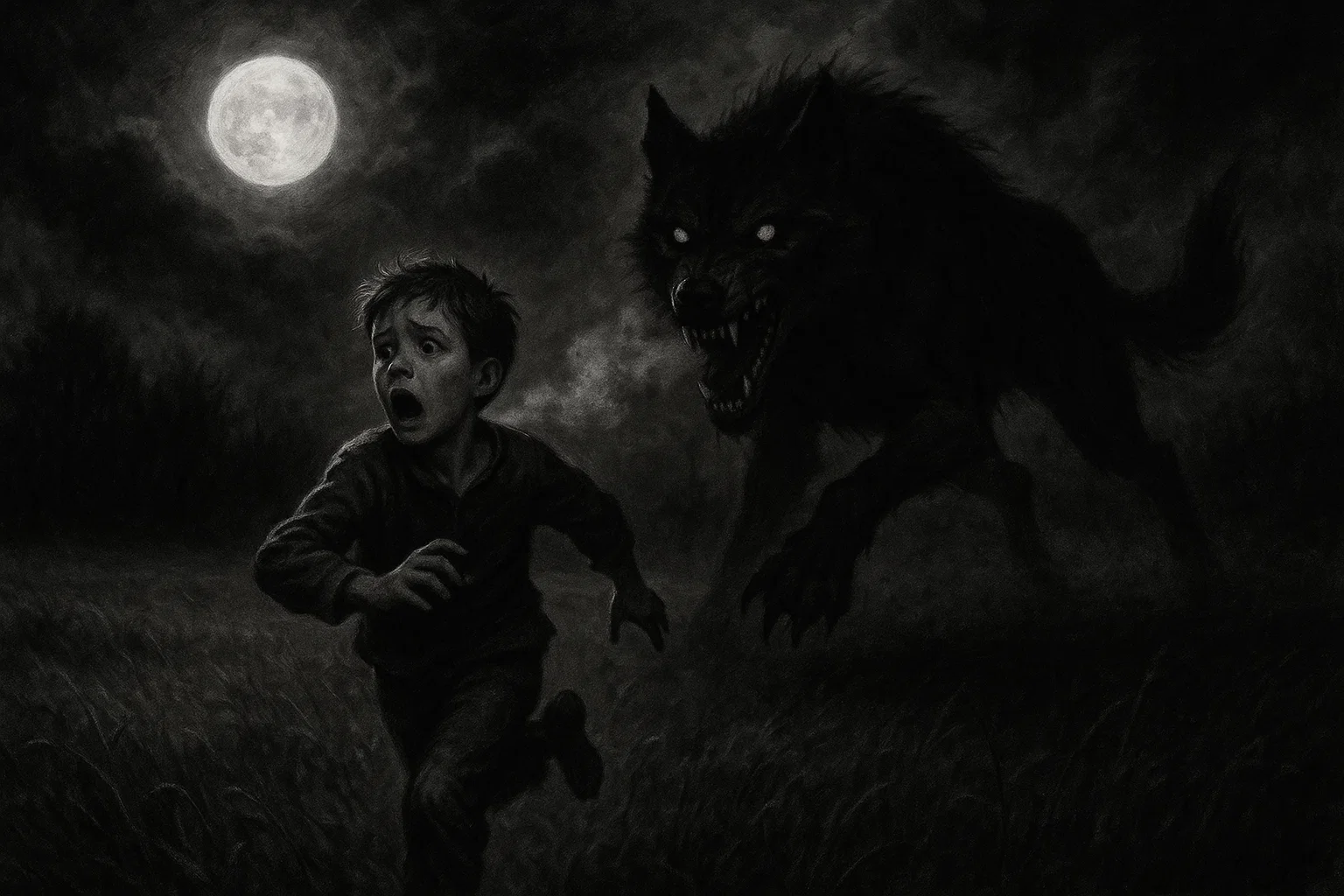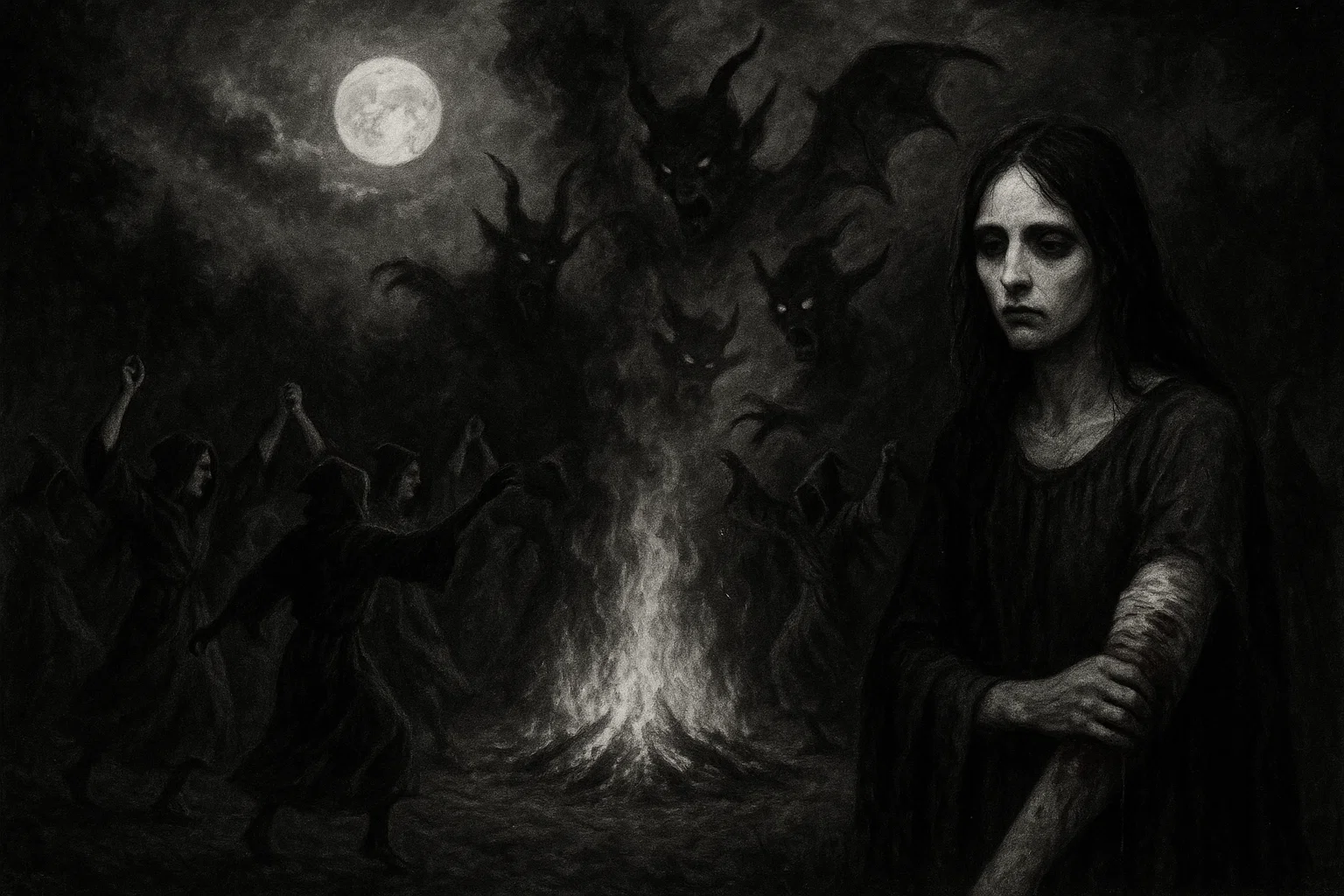The Swiatek werewolf case of 1849, set in the desolate hamlet of Polomyja in Austrian Galicia (modern-day Poland), is a chilling tale of a beggar accused of transforming into a wolf and committing unspeakable acts of murder and cannibalism.
Documented primarily in Sabine Baring-Gould’s 1865 work, this case weaves together poverty, desperation, and 19th-century superstition, painting Swiatek as a lycanthropic monster in the eyes of a terrified community.
His gruesome crimes, discovered in a hut filled with human remains, and his suicide before a trial, cement this story as a haunting blend of historical horror and folklore, offering a window into the fears that gripped rural Eastern Europe.
Table of Contents
Overview
| Aspect | Details |
|---|---|
| Name | Swiatek (also spelled Sviatek; first name unknown) |
| Location | Polomyja, Austrian Galicia (modern-day Poland), circle of Tornow, lordship of Parkost |
| Year | 1849 |
| Occupation | Beggar, occasional seller of pinchbeck ornaments, beads, and trinkets |
| Family | Wife, daughter (16 years old), son (5 years old); roles in crimes unclear |
| Crimes | Confessed to killing and eating six people; suspected of up to 14 murders |
| Victims | Primarily children, including an orphan girl, schoolboy Peter, a servant-girl, and others |
| Modus Operandi | Lured victims to isolated areas, murdered, dismembered, and consumed them |
| Discovery | Innkeeper Jan Kowalski found a girl’s severed head and human remains in Swiatek’s hut |
| Fate | Arrested May 1849; hanged himself in prison before trial, late May/early June 1849 |
| Physical Evidence | Severed head, roasted limbs, cleaned organs, bowl of fresh blood, 14 sets of clothing |
| Primary Source | Sabine Baring-Gould’s 1865 work, Chapter XIV, “A Galician Were-Wolf” |
Who Was Swiatek?
Swiatek was a destitute beggar in Polomyja, a remote hamlet in Austrian Galicia’s Tornow circle, under the lordship of Parkost. Little is known of his early life, but he was likely born around 1800–1810, given his status as a family man in 1849.
He lived in a ramshackle hut with his wife, a 16-year-old daughter, and a 5-year-old son, surviving on alms and occasional sales of pinchbeck ornaments—cheap, gold-like trinkets—along with beads and small wares.
Described as unassuming and haggard, Swiatek blended into the impoverished landscape, his gaunt frame and tattered clothing marking him as one of many paupers in a region plagued by hardship.
His life took a dark turn in 1846, when a fire destroyed a Jewish tavern in Polomyja. Driven by starvation, Swiatek consumed the half-roasted corpse of the tavern host, an act that reportedly sparked a ravenous craving for human flesh.
This incident, detailed in historical accounts, suggests a psychological shift, possibly exacerbated by mental illness or extreme deprivation. Swiatek’s family, particularly his wife, may have been complicit or coerced, as they were arrested alongside him, though their roles remain ambiguous.
His anonymity and ordinariness made his transformation into a suspected wilkołak (Polish for werewolf) all the more shocking, as Polomyja’s residents struggled to reconcile their neighbor’s monstrous deeds with his meek demeanor.
You May Also Like: New Mokele-Mbembe Sightings, Theories & Evidence
Swiatek’s Story
In the winter of 1848–1849, Polomyja was shrouded in fear as children began disappearing from the hamlet and its surrounding woods. The first known victim, an orphan girl aged 9 or 10, vanished in early January 1849 while collecting kindling near the village outskirts.
Her absence went unnoticed at first, as orphans were often overlooked in the impoverished community.
In February, a schoolboy named Peter, around 12 years old, disappeared while playing near a frozen stream, leaving only a scarf behind.
By March, a servant-girl, employed by farmer Antoni Zielinski, failed to return from an errand, and in April, a boy sent to fetch water from the Vistula tributary was never seen again.
These vanishings, totaling at least six by May, created a climate of dread, with villagers whispering of a wilkołak prowling under the moonlight.
Swiatek, a familiar figure begging door-to-door, initially escaped suspicion. His emaciated appearance and quiet demeanor masked his predatory nature.
However, his behavior shifted subtly: he began offering neighbors savory stews and scraps of meat, unusual for a beggar. On 12 May 1849, innkeeper Jan Kowalski grew wary after Swiatek offered his wife a suspiciously rich broth.
Visiting Swiatek’s hut unannounced, Kowalski stumbled upon a ghastly scene: Swiatek sat beside a fire, cradling the severed head of a young girl, her eyes wide in frozen terror. Her scalp was partially removed, and her face bore bite marks. Kowalski fled, alerting magistrate Stefan Wójcik, who organized a search with local militiamen.
The authorities raided Swiatek’s hut on 13 May, uncovering a charnel house of horrors.
Inside, they found:
- Severed limbs: Legs and thighs, some raw, others roasted over a makeshift spit.
- Organs: A heart, liver, and entrails, meticulously cleaned and stored in clay pots.
- Blood: A wooden bowl filled with fresh, still-warm blood, suggesting a recent kill.
- Clothing: 14 sets of caps, coats, and shoes, indicating a victim count far exceeding Swiatek’s confession.
The macabre findings confirmed cannibalistic rituals. The girl’s head was identified as that of Zofia, a 10-year-old orphan who vanished days earlier.
Her body, dismembered and partially consumed, bore claw-like gashes and gnaw marks, fueling lycanthropy rumors. Swiatek confessed to killing and eating six people, claiming a lycanthropic curse compelled him. He recounted the 1846 tavern fire, where he ate the tavern host’s charred flesh, awakening a voracious hunger.
At night, he said, his body convulsed, sprouting fur and claws, transforming him into a wolf. He described stalking children, tearing them apart with savage glee, and waking amid blood-drenched carnage, overcome with anguished remorse.
Crime Details
Swiatek’s modus operandi was opportunistic yet chillingly deliberate. He lured children to isolated areas—woods, streams, or fields—under pretexts like offering food or trinkets.
Once alone, he overpowered them, often strangling or bludgeoning them with a rusted axe found in his hut. He dismembered bodies with a knife, consuming some parts raw and roasting others.
The gruesome precision of his butchery—organs cleaned, bones stripped—suggested familiarity with slaughter, possibly from killing stray livestock.
Confirmed victims included:
- Zofia (10, May 1849): Orphan; her head, found by Kowalski, showed scalping and bite marks. Her torso, in a sack, was eviscerated.
- Peter (12, February 1849): Schoolboy; his thigh, roasted, was among the remains. His scarf, bloodied, was found near a stream.
- Servant-Girl (Anna) (18, March 1849): Worked for Zielinski; her liver and heart were stored in pots, her dress among the 14 sets.
- Water Boy (Józef) (8, April 1849): Vanished at a stream; his shoes and cap were recovered, blood-stained.
- Unnamed Girl (7–9, January 1849): Orphan; her coat and bones were found, skull crushed.
- Unnamed Boy (10, late 1848): Early victim; his jacket and partial remains suggested a winter kill.
The 14 sets of clothing imply additional victims, possibly vagrants or travelers, though only six were confessed. The heinous nature of the crimes—children torn asunder, organs ritually prepared—horrified Polomyja.
Witnesses bolstered the case:
- Piotr Nowak, farmer, saw a cloaked figure near the woods on 10 February 1849, moving with unnatural agility.
- Maria Kowalska, innkeeper’s wife, received foul-smelling meat from Swiatek in April, later identified as human.
- Tomasz Lis, shepherd, heard piercing screams near a ravine in March, finding blood but no body.
The community’s panic was palpable. Villagers formed armed patrols, wielding pitchforks and muskets, while children were kept indoors. Father Kazimierz, the local priest, delivered firebrand sermons, warning of demonic possession.
Rumors of eerie howls and spectral shapes in the moonlight fueled the wilkołak narrative. The authorities, under Wójcik, faced pressure to act swiftly, as fear spread to nearby Tarnów and Rzeszów.
The hunt for Swiatek was brief but intense, culminating in his arrest after Kowalski’s discovery, restoring a fragile sense of order.
You May Also Like: Inkanyamba: Real Beast or Local Legend?
Swiatek’s Werewolf Trial
Swiatek’s arrest on 13 May 1849 marked a chaotic investigation, cut short by his suicide. Seized in his hut, he was shackled and dragged to Polomyja’s gaol, a damp, vermin-ridden cell beneath the magistrate’s office.
His wife, daughter, and son were detained in separate cells, suspected of complicity or knowledge of his crimes. Interrogations, led by magistrate Stefan Wójcik and Father Kazimierz, began immediately.
Swiatek endured relentless questioning, confined in iron fetters with minimal food—stale bread and water. Reports suggest sleep deprivation and verbal abuse, though physical torture was not explicitly documented, aligning with Austrian legal reforms limiting such practices.
Swiatek reiterated his confession, claiming a lycanthropic curse since the 1846 tavern fire. He described agonizing transformations: his skin prickling, bones cracking, and senses sharpening as he became a wolf.
He spoke of hunting children, their screams echoing as he tore them apart, only to wake blood-soaked and wracked with guilt. He insisted his family was unaware, though investigators suspected his wife’s involvement, as she shared his stews.
A physician, Dr. Janusz Kowal, examined Swiatek for bestial traits—hair growth, teeth, or claws—but found only a malnourished man with sunken eyes. The focus remained on physical evidence: the butchered remains and 14 clothing sets, cataloged by Wójcik’s clerk, Andrzej Nowak.
No formal trial occurred. On or around 30 May 1849, Swiatek hanged himself in his cell, using a torn shirt tied to a ceiling beam. His lifeless body, discovered by a guard, was bloated and discolored, a ghastly sight that reinforced his monstrous image.
The suicide, likely driven by despair or fear of execution, prevented a public trial, depriving Polomyja of a spectacle common in werewolf cases. Wójcik declared Swiatek a depraved cannibal, closing the case without sentencing.
Swiatek’s body was buried in an unmarked grave beyond the village, sprinkled with holy water to prevent his spirit’s return. His family was released by mid-June, facing ostracism and fleeing Polomyja, their fates unknown.
The lack of a trial was unusual, as 19th-century Galicia often held public proceedings for such crimes. The investigation relied on Swiatek’s confession and physical evidence, but unanswered questions—his family’s role, the exact victim count—persist.
The case’s closure was driven by public demand for resolution, with villagers relieved yet haunted by the taint of evil.
You May Also Like: What Is a Draugr? The Undead Monster of Norse Mythology
Swiatek vs Other Werewolves
Swiatek’s case shares themes with other lycanthropy accusations but is distinct for its 19th-century setting and lack of trial:
| Case Name | Year | Location | Key Details | Comparison with Swiatek |
|---|---|---|---|---|
| Peter Stumpp | 1589 | Bedburg, Germany | Killed children, devil pact; executed by breaking on wheel. | Cannibalism similar; Stumpp’s demonic narrative vs. Swiatek’s curse-driven lycanthropy. |
| Gilles Garnier | 1573 | Dole, France | “Hermit”; ate children, demonic aid; burned at stake. | Child victims; Garnier’s demonic focus vs. Swiatek’s folklore-based claims. |
| Werewolves of Poligny | 1521 | Poligny, France | Three men ate children; burned at stake. | Multiple accused vs. Swiatek’s solitary crimes; no co-conspirators. |
| Jean Grenier | 1603 | Bordeaux, France | Shepherd, child attacks; deemed insane, imprisoned. | Psychological scrutiny vs. Swiatek’s suicide; Grenier’s youth vs. Swiatek’s maturity. |
| Jacques Roulet | 1598 | Angers, France | Killed boy, confessed; deemed insane, not executed. | Confessions similar; Roulet’s insanity ruling vs. Swiatek’s lack of trial. |
| Thiess of Kaltenbrun | 1692 | Livonia, Estonia | Fought devils as werewolf; whipped, not executed. | Non-violent vs. Swiatek’s murders; both claimed lycanthropy differently. |
| Beast of Gévaudan | 1764–67 | Gévaudan, France | Wolf-like creature killed 100+; unresolved. | Panic similar; Gévaudan’s non-human culprit vs. Swiatek’s confirmed human. |
| Hans the Werewolf | 1582 | France | Attacked livestock; confessed, executed. | Livestock vs. human victims; transformation claims similar. |
| Werewolf of Châlons | 1598 | Châlons, France | “Demon Tailor” lured children; burned at stake. | Luring tactics vs. Swiatek’s opportunism; both targeted children. |
| Manuel Blanco Romasanta | 1853 | Galicia, Spain | 13 murders, lycanthropy claim; life imprisonment. | Galicia setting; Romasanta’s trial and psychology vs. Swiatek’s suicide. |
Swiatek’s lycanthropic claims, confessions, and child victims align with Gilles Garnier and Jean Grenier. The use of wilkołak folklore to explain violence reflects cultural fears, common across cases.
Swiatek’s 19th-century context, post-werewolf trial era, and suicide distinguish it from earlier cases with executions. His cannibalistic rituals (e.g., bowl of blood) are uniquely gruesome, unlike Thiess of Kaltenbrun’s non-violent claims.
Was Swiatek a Real Werewolf?
The Swiatek werewolf case is documented primarily in Sabine Baring-Gould’s 1865 work, Chapter XIV, “A Galician Were-Wolf.” Baring-Gould, an English scholar and folklorist, compiled historical accounts of lycanthropy, drawing from contemporary reports, likely oral traditions or local officials’ records from Polomyja.
He describes Swiatek’s confession, the macabre discovery of remains, and the community’s panic, lending credibility to the murders. However, no official documents—court records, parish registers, or Austrian legal archives—survive, likely due to Swiatek’s suicide and the case’s informal resolution.
Baring-Gould’s account, while detailed, blends fact and myth, as his work aimed to explore superstition rather than legal history. He notes, “The story is told in Polomyja with many variations, but the main facts remain consistent,” suggesting a real event amplified by folklore.
Additional sources are scarce, but an 1850 article in a Krakow newspaper, Czas, briefly mentions a “cannibal of Tornow,” possibly Swiatek, describing a beggar’s arrest for child murders. This corroborates the crime but lacks lycanthropy details, indicating the werewolf narrative may have been a local embellishment.
The physical evidence—Zofia’s head, roasted limbs, cleaned organs, and 14 clothing sets—confirms Swiatek’s guilt. His confession to six murders, possibly understating the total, aligns with the heinous findings. However, his lycanthropy claims are dubious.
Modern scholars suggest clinical lycanthropy, a psychiatric disorder where individuals believe they transform into animals, as seen in Jean Grenier.
Alternatively, Swiatek’s actions may stem from psychotic cannibalism, triggered by the 1846 tavern fire and starvation. The era’s wilkołak folklore, prevalent in Galicia, likely shaped his narrative, either as a delusion or a defense to garner sympathy.
The case’s authenticity as a crime is robust, but the werewolf element reflects cultural fears rather than reality. Swiatek’s story thus bridges historical violence and myth, illustrating how 19th-century communities grappled with monstrous acts.
You May Also Like: Slavic Vampires: The Terrifying Truth About the Upyr
Conclusion
The Swiatek werewolf case is a grim testament to the intersection of poverty, violence, and superstition in 19th-century Galicia.
Swiatek’s transformation from beggar to cannibalistic predator horrified Polomyja, leaving a legacy of fear preserved in folklore. His crimes, though real, were filtered through the wilkołak myth, reflecting a community’s attempt to explain the inexplicable.
While Swiatek was no lycanthrope, his story endures as a haunting reminder of how desperation and belief can birth monsters. The case, though sparsely documented, remains a compelling chapter in the history of werewolf lore, revealing the dark interplay of human frailty and cultural imagination.

